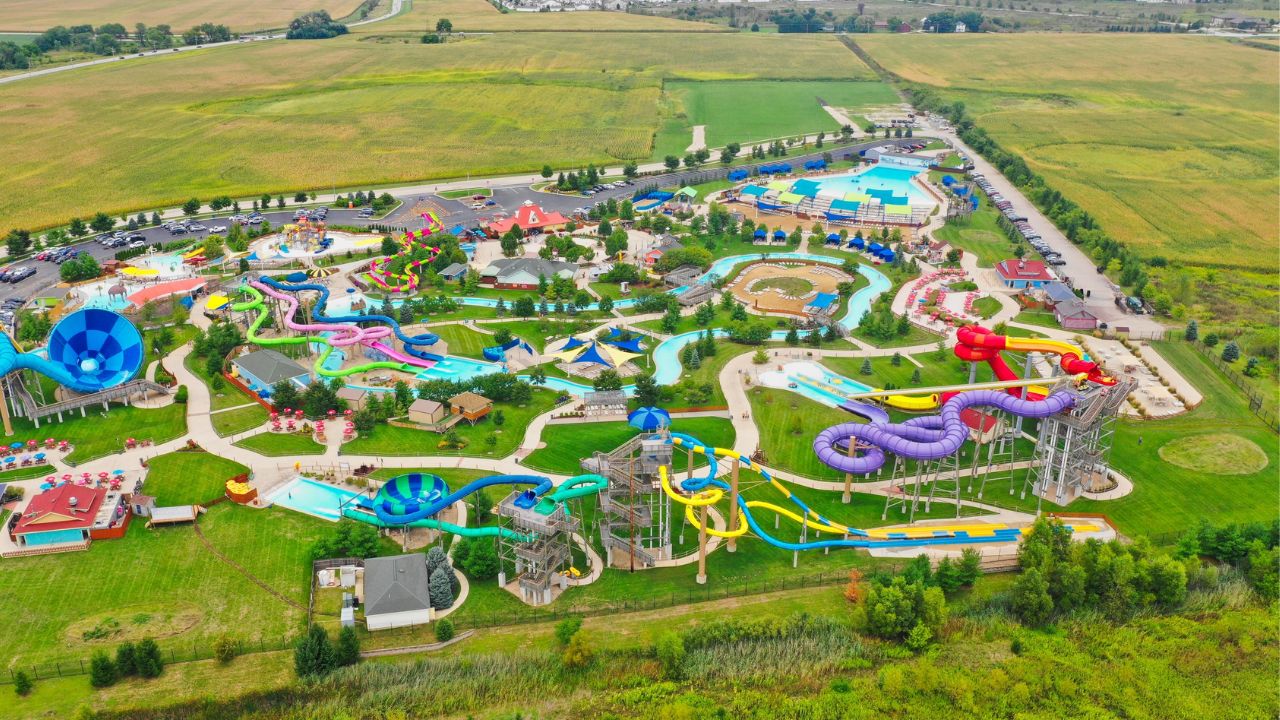When developing a water park several factors are important but perhaps the single biggest of them is the theme of the water park. The right theme can help to improve the experience of visitors, make them remember something, and highlight the park among other similar ones. For more understanding on designing a water park, you can visit this https://histarwaterpark.com/how-to-design-a-water-park/.
Understand Your Target Audience
When choosing a theme, one must know who the target audience is going to be. People of different age groups have different tastes. For example, families with kids may wish to have more lighting while young persons may prefer a joyful and adventurous environment. There is also a way to ask people what they would like to have in the place they are heading to, refer to surveys. This is because some characteristics pertain to a certain age group, interests, and spending power among others.
Local Culture and Geography
The theme of a water park should be in harmony with the geographical location and cultural characteristics of the region. There is nothing wrong with a water park in a tropical area adopting a beach or island theme while one in an area with historical importance may want to adopt folklore or history as their theme. It was argued that integrating local culture has a positive impact on the visitor and the host since it fosters ownership. It is necessary to be aware of geographical peculiarities, thus, the atmosphere inside the facility will be created more naturally for visitors.
Evaluate the Competition
Studying competitors can give information about successful themes and can help to find a niche. Take a tour of other water parks in order to compare their themes, the kind of attractions they offer, and the experiences that visitors have. Pay attention to the things that are effective and the things that are not. When you have an individualistic concept for your water park then it can be advantageous for it and can help in making more number of people visit your water park.
Assess the Available Space and Resources
The layout of the park has also a very large role to play in the theme of the park particularly the physical layout of the park. The size, shape, and other features of the land will define what sort of attractions and design solutions can be applied. For instance, it may be possible to accommodate a large area for a tropical island with water slides and rivers, but may not be feasible to accommodate the height of structures in a relatively small area of land appropriate for a mountain or jungle theme.
Safety and Accessibility
When it comes to choosing a theme, it should not be too dangerous and hard to access. The chosen theme should not be a threat to the lives of the visitors or hinder them from strolling or moving around the park as they wish to. For instance, if this park is going to be the park, circuits should be neat and if there is going to be a jungle theme, the rides or attractions should be built with security in mind. Second, consider the possibility of the disabled, and do not hinder their way to other attractions or services and the theme. When the subject of choice is a water park, further emphasis should be placed on the idea that connects between the creative and practical for the best outcome to be expected.
Create Engaging Experiences
The theme that is used should create an eye-catching appearance but also make people eager to visit the park. With the interactivity, the storytelling, and the immersive attractions added, the theme and the revisit frequency can improve. For instance, a pirate-themed park could include things like treasure hunts, performances, and eating places that are themed in pirates. Such elements forge an impression of amusement that tells the visitor they are right in the theme. They can also be used to elicit comments for posting on the various social media accounts where people will be marketed to visit the park.
Strategies for Future Development and Change
Finally, the last aspect is the issue of further modifications and developments of the theme chosen are observation and self-reflection. Trends vary and the visitors may shift the trends in regard to their preferences over some time. Since a theme that can be altered or even included in the future can be useful while a permanent structure might not always be relevant. For example, a space park could introduce new themes of the ‘rides or shows’ associated with new space missions to ensure the previously visited families would not be bored the next time they decided to visit the space park.
Conclusion
Thus, it is possible to conclude that the choice of the theme for a water park is quite a challenging task that depends on certain factors. If the target audience is identified, local culture is incorporated, competition is analyzed, space is appraised, safety is emphasized, experiences are designed, and growth is considered, water park developers can build a successful destination. Such selected themes not only enhance the overall visitor experience but also build up a recognizable and marketable image of the park to the leisure travel market.


